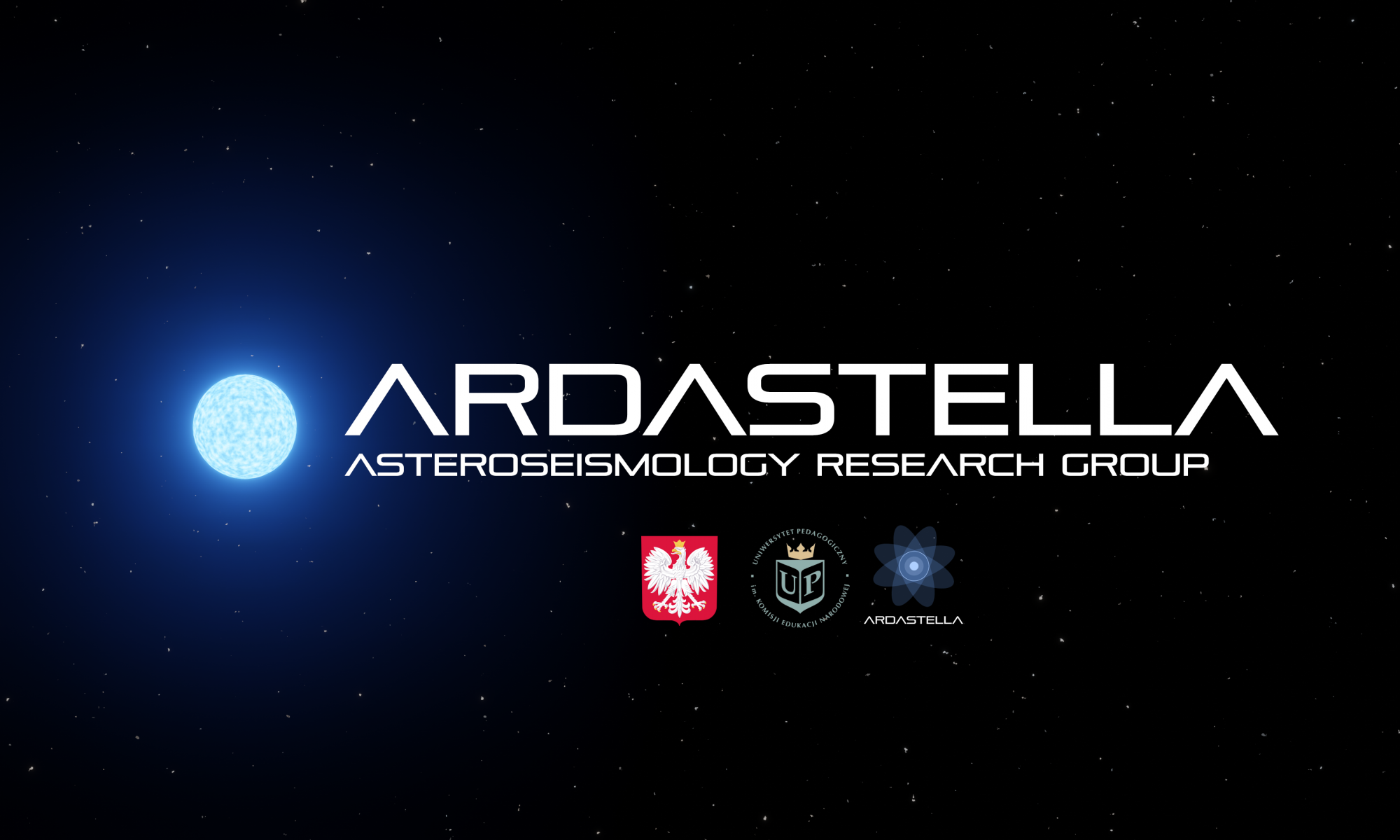The stars that are spectroscopically classified as subdwarf B (sdB) stars are found in the Hertzsprung-Russell diagram between the main sequence and the white dwarf cooling track. They are compact stars and the majority are located on the blue extension of the horizontal branch, earning them the designation extreme horizontal branch (EHB) stars. As such, they are understood to be the helium burning cores of low-mass stars (0.8 – 1.5 M☉) that ignited helium through the core-helium flash when their cores reached the required mass of 0.47M☉. They have effective temperatures between 20 000 and 40 000K and the surface gravities (in logarithmic cgs units) between 5.0 and 6.0. Another channel to reach that location is through more massive progenitors (1.5 – 2.5 M☉), which do not experience the helium flash, however more hydrogen envelope must be removed.
While their helium cores are effectively burning helium into carbon and oxygen, their hydrogen envelopes have insufficient mass to sustain significant shell-hydrogen burning unlike the normal horizontal branch and red clump stars. For the envelope to become this thin, some process must have stripped off the majority of the mass during or immediately after the first red-giant branch stage.
At least half of sdB stars are found to be in binaries, but a significant fraction remains observationally single. Therefore, the evolutionary channels leading to sdB stars must explain both populations. In case of the binaries, the mass transfer is a natural way to remove the envelope from the sdB progenitor, while the single sdBs may be mergers of two stars.
In 1996 Dave Kilkenny and his group discovered the first pulsating sdB (sdBV) star and this has opened the way to study their interiors using asteroseismology. The pulsation periods of sdBV stars are found to be quite short, between 3 and 10 minutes. The same year, Stephane Charpinet and his group calculated theoretical models of sdBV stars and explained the flux variations as pressure modes (and later also as gravity modes) driven by the kappa-mechanism, which works on the Z-bump.
Nowadays, our Ardastella group is trying to implement the MESA code to calculate fully evolutionary models all the way to the EHB stage. Next, we will calculate the eigenmodes to match with those detected in our space data. In fact … this step is being done now. This is the first time fully evolutionary models of sdB stars are used for asteroseismology and will serve as a comparison to the already available results from static models.


